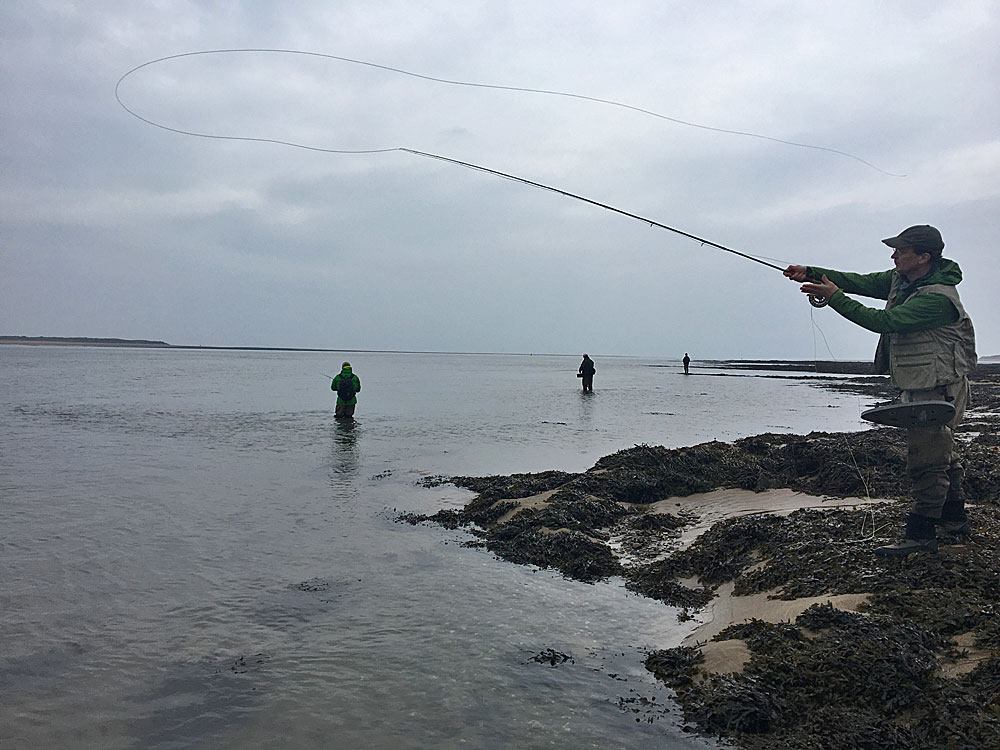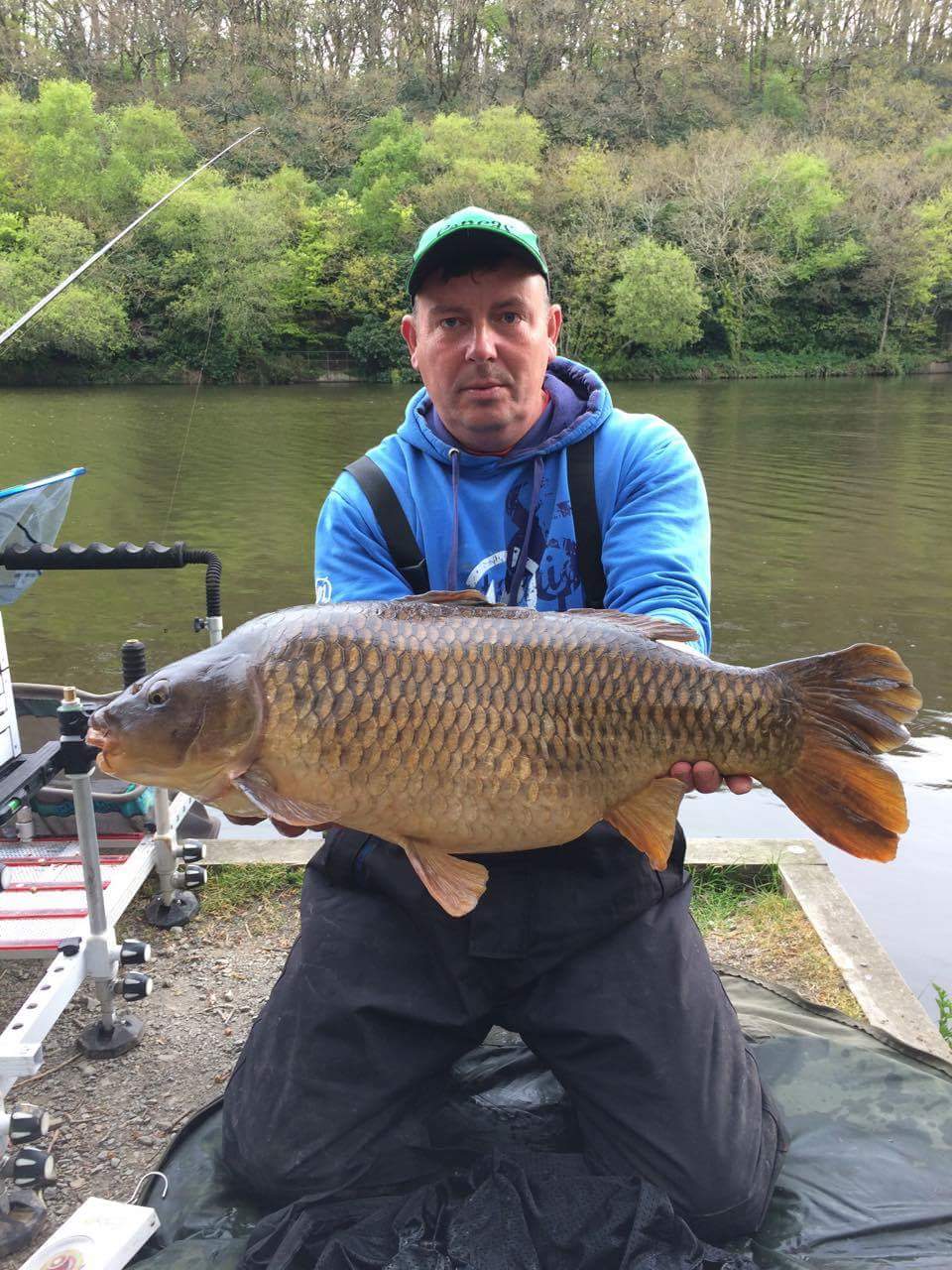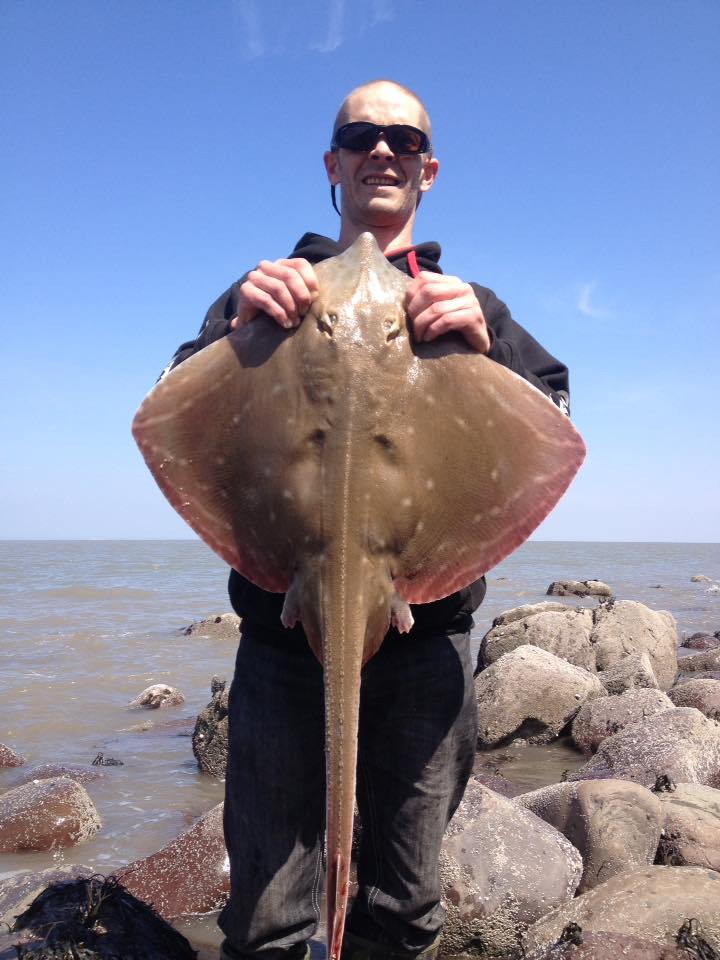A wonderful 10lb spring salmon has been caught from Little Warham Fishery on the Mid Torridge . The fine fish was tempted by Gary Pearson, who is usually a familiar face on the River Taw. Gary was was enticed this season by the beauty of Little Warham and the River Torridge. Gary caught the fish during the late afternoon in rainy, cloudy conditions, during this continued period of low water – which is very encouraging to us anglers. The fish was photographed and returned safely. Well done Gary, your first Torridge salmon.


The long spell of dry weather has been frustrating for salmon and sea trout anglers though some have ventured out and enjoyed success on the Lower beats of both the Taw and Torridge. Steve Maddox fished Barnstaple and District Angling Associations water at Newbridge to bank a stunning 18lb fresh run salmon. Steve told me it was his first and gave an amazing account before being brought to the net.

On the Lower Torridge five salmon have been tempted from Half Moon Beats below Beam Weir all of them double figure fish including a fine 12lb springer to experienced rod Charles Inniss.
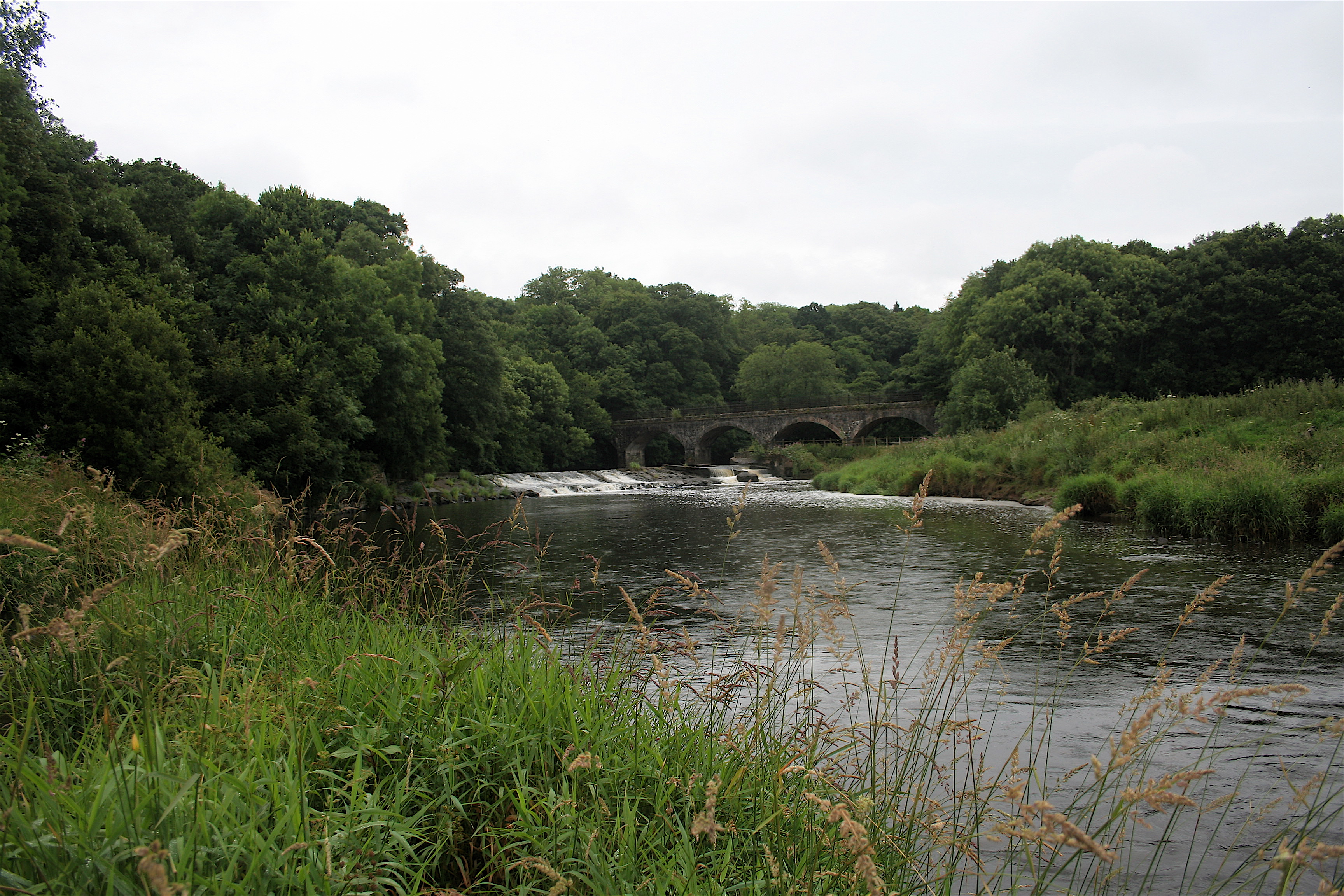
A few sea trout are also being tempted including fish to 3lb on middle river Torridge beats.

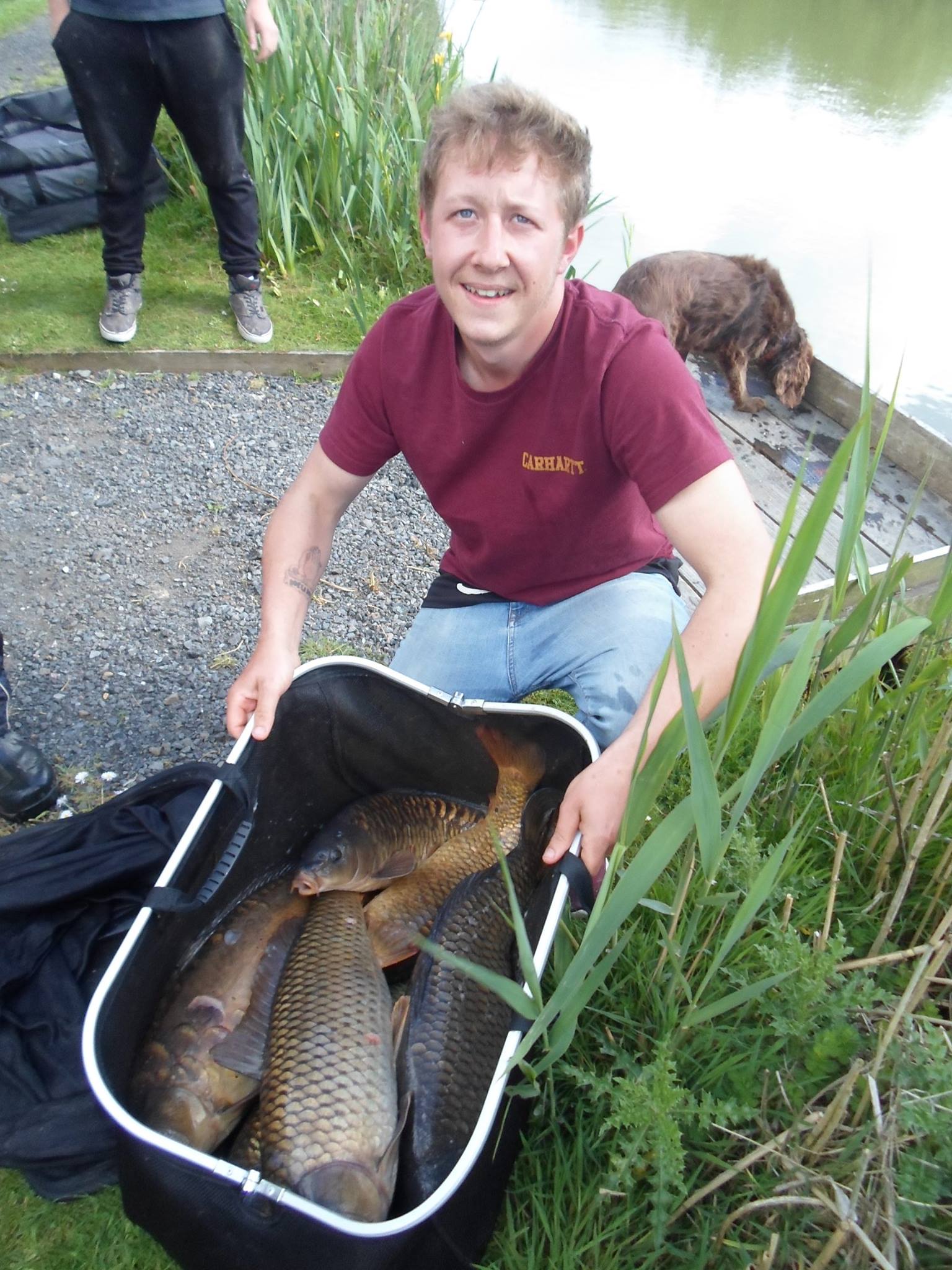





 A stunning brown landed earlier this spring by Danny Ford.
A stunning brown landed earlier this spring by Danny Ford.




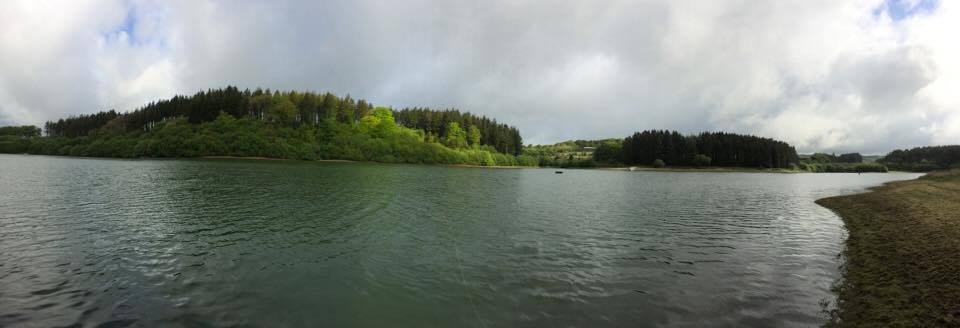
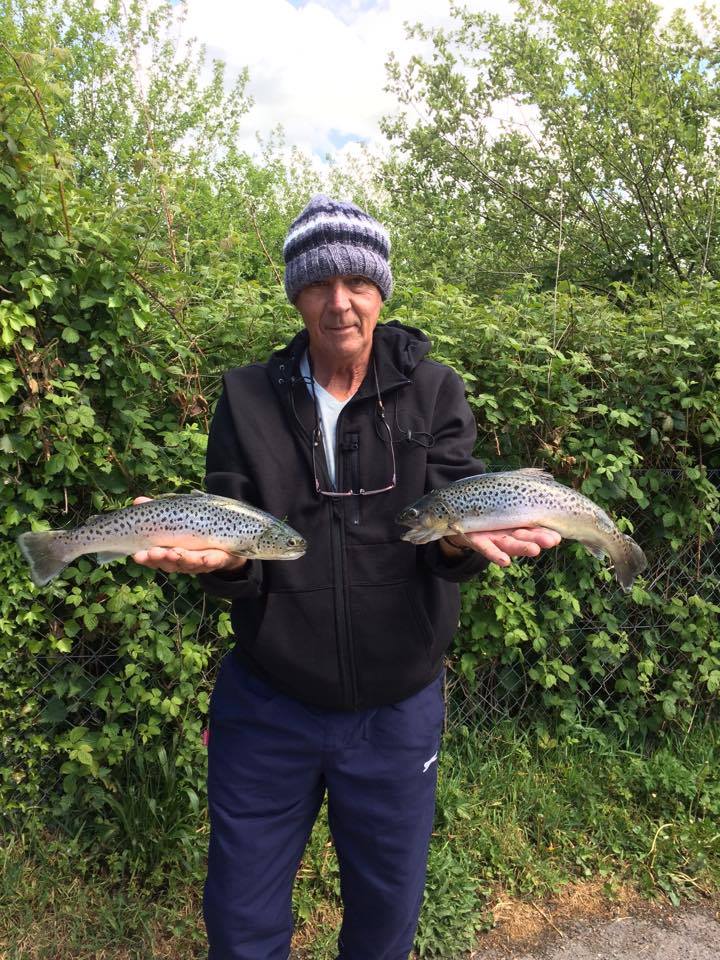



 Andrew Van Koutrik sent me this stunning image of his daughter Roundelay aged ten cradling a superb common carp that weighed an impressive 18lb. She also landed a common carp of 8lb.
Andrew Van Koutrik sent me this stunning image of his daughter Roundelay aged ten cradling a superb common carp that weighed an impressive 18lb. She also landed a common carp of 8lb.












